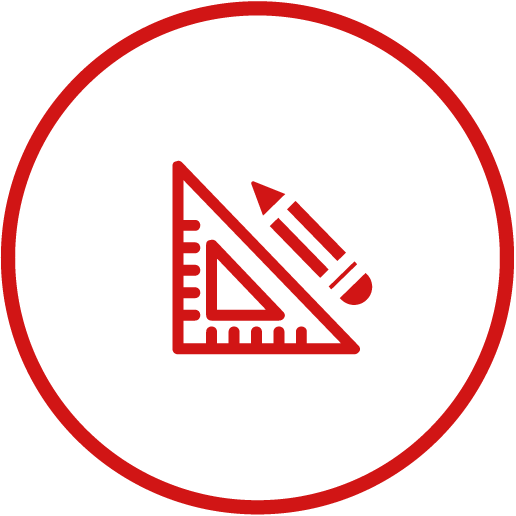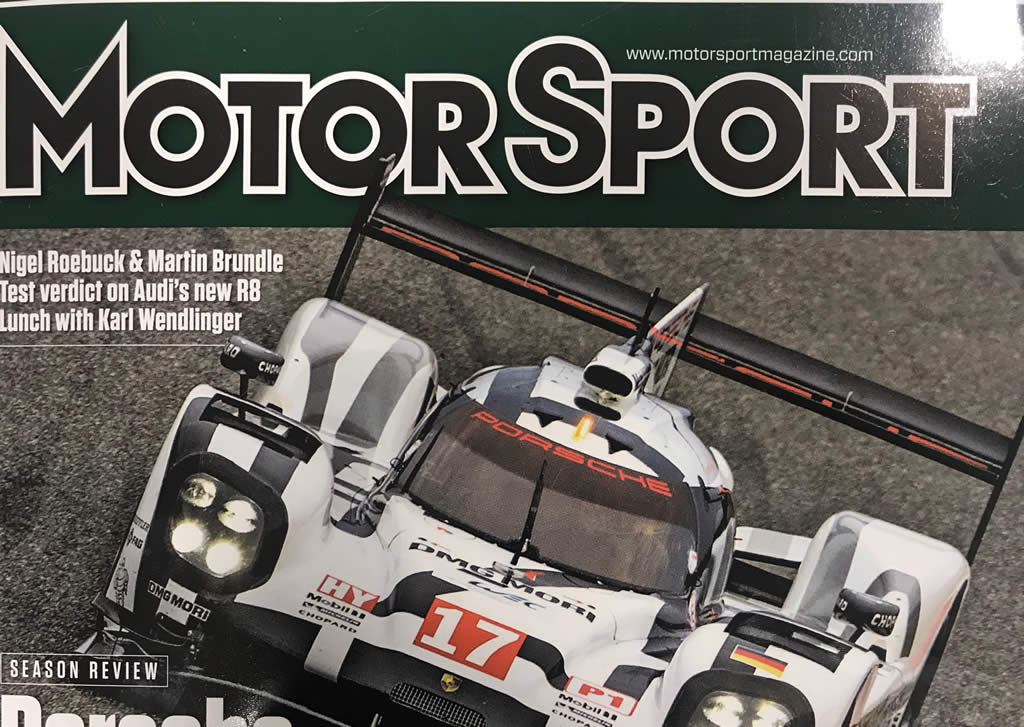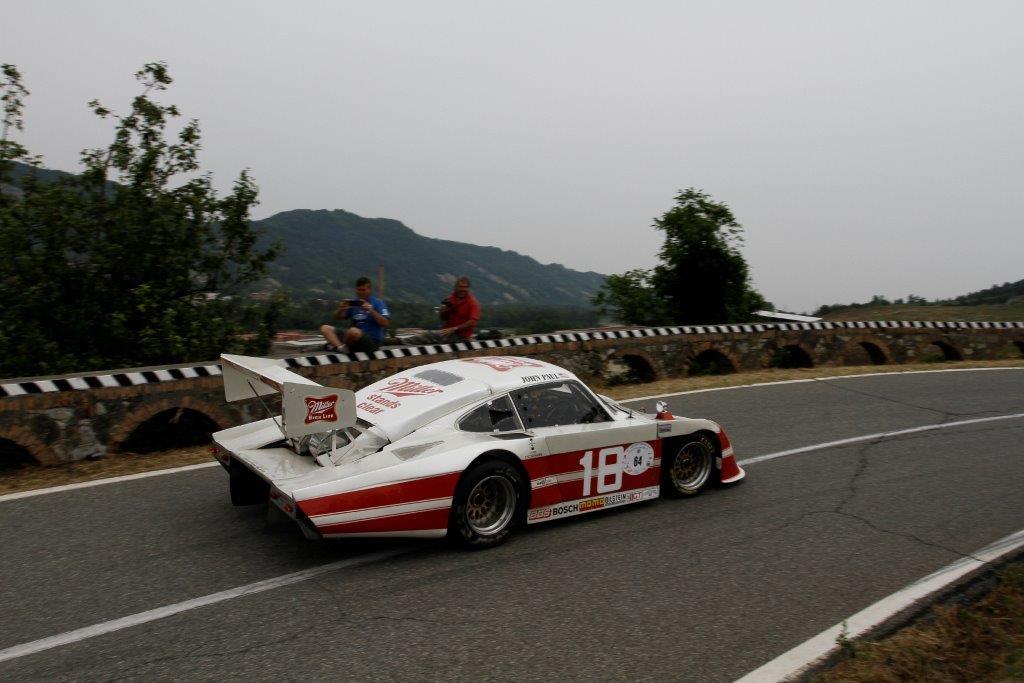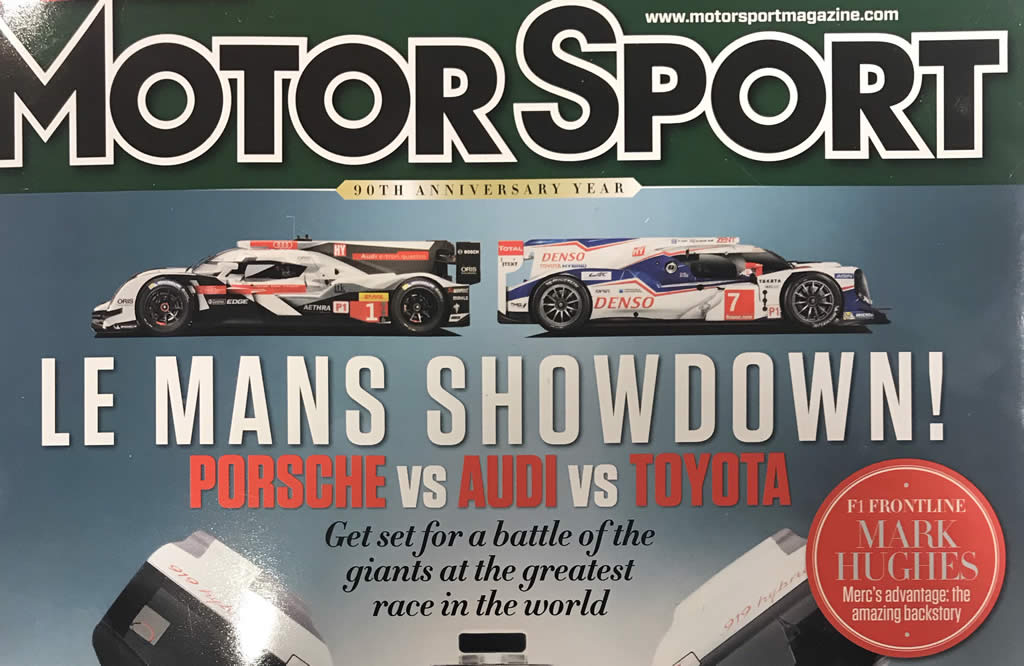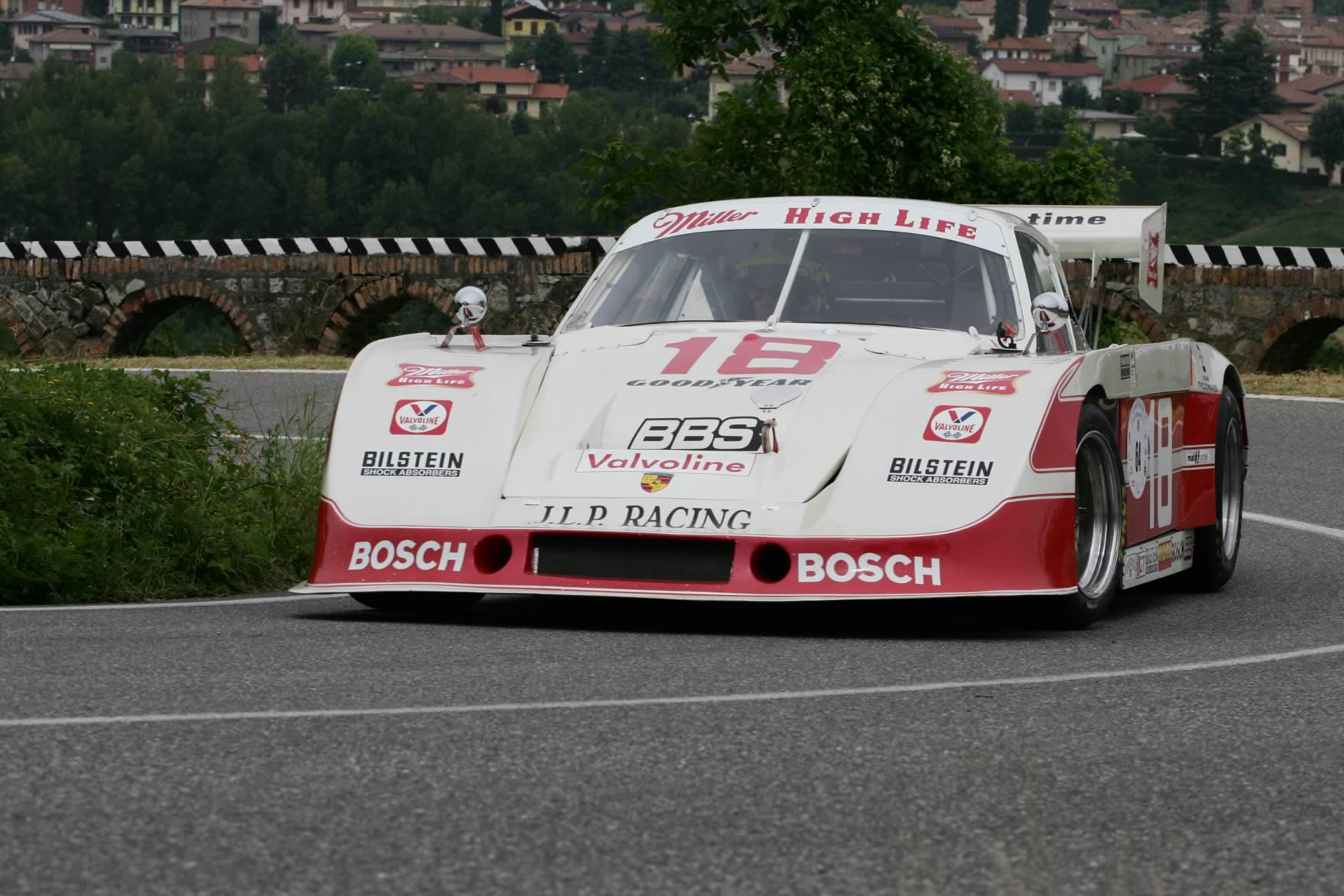“THE LAST MOBY DICK” year 1982
From 1979 Porsche decided to do not build anymore their 935 race model, selling just the mechanical parts as engines, gearboxes and brakes to the best private Teams like Kremer and Joest in Europe and J.L.P. and Andial in the USA, so that they could continue to race and develop this legendary race car....
Interestingly, some of the most famous victories in those years were obtained by those privately-assembled Porsche 935 “Specials”, like at the 1979 “Le Mans 24 Hours”
race where a Kremer-built 935 K3 took the first place overall. In America, the 935 model remained competitive for a much longer period than in Europe,
and JLP-4 can be considered the last, extreme evolution of the 911 racing concept.
Designed by famous race engineer Lee Dykstra and built by FABCAR, the American company that in later years was assembling and repairing under licence for Porsche the 956/962 monocoques, the Porsche 935 JLP-4 from the J.L.P. RACING Team owned by John Paul Sr. was adopting many of the latest technologies available by then, including a central monocoque structure with front and rear tube-frame extensions, inboard front suspensions for a better air flow under the car, lateral sliding skirts to improve the ground effect as used in Formula One, the long “Moby Dick” style rear tail with air extractors and the right hand drive like on the last Porsche-built 935/78.
IMSA regulations stipulated that the only 911-derived parts necessary for the homologation as a 935, apart the mechanicals, were the roof, the front windshield and the door window frames. The rest of the bodywork had been styled after long tests at the Lockeed wind tunnel facility with a flat-side, free air-flow design. The engine used was the latest 3200cc., evolution of the Porsche 935 with twin Turbo, flat fan, Kugelfischer mechanical injection, twin ignition and air-to-air intercoolers. At 1.4 Bar boost pressure it developed 840hp. The 4 speed gearbox was the upside-down unit used on the last twin-Turbo 935s with Titanium axles, and the big brakes were also the same fitted on the last 935s, and after on the 956 “Group C”.
With this particular Porsche 935 JLP-4, the legendary American driver John Paul Jr. took two overall wins during the 1982 IMSA season (Brainerd and Portland), that combined with the points obtained with his other Porsche 935 (JLP-3) and a Lola, contributed to make him the Winner of the 1982 IMSA Championship. He took also the second place overall (just behind the great Bob Wollek) in the prestigious 1982 Porsche Cup.
This is the very last Porsche 935 to have won an International Championship, as from 1983 the 935s were no longer competitive in overall terms, and they were gradually overshadowed by the GTP Prototypes and the new “Group C” cars.


